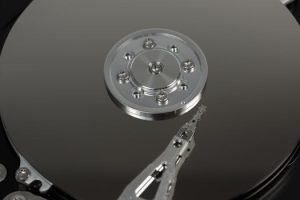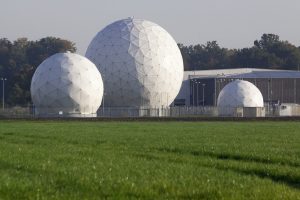Quantum Sensing: Detecting the Impossible
Welcome to the world of quantum sensing, a revolutionary technology that has enabled the detection of the impossible. In a world where traditional sensing methods have their limitations, quantum sensing opens up a whole new realm of possibilities. From detecting the slightest changes in our environment to observing the tiniest particles, quantum sensing has proven to be a game-changer in the field of science and technology. In this article, we will delve deeper into the world of quantum sensing and uncover its potential to detect the impossible.
What is Quantum Sensing?
Quantum sensing is a technology that involves the use of quantum mechanics phenomena to perform highly precise measurements and detections. It utilizes the principles of quantum mechanics, which describe the behavior of particles at a subatomic level. By leveraging these principles, quantum sensing can detect and measure physical quantities with unprecedented accuracy and sensitivity.
The key to quantum sensing lies in the ability to manipulate quantum states. As we know, subatomic particles behave differently in the quantum world compared to the classical world. They can exist in multiple states simultaneously, a phenomenon known as superposition. Moreover, these particles can also be entangled, where the state of one particle is correlated to the state of another regardless of the distance between them.
By harnessing these unique properties, quantum sensing devices can detect even the smallest changes in energy, magnetic fields, and other physical quantities. This makes them ideal for a wide range of applications, including medical imaging, environmental monitoring, and even space exploration.
The Advantages of Quantum Sensing
Precision
One of the biggest advantages of quantum sensing is its unparalleled precision. Traditional sensors often have their limitations, such as a minimum detectable signal or a maximum range of measurement. In contrast, quantum sensors can detect even the faintest changes in the physical environment, making them extremely precise.
For instance, in medical imaging, quantum sensors can detect the smallest changes in biological tissues, allowing for more accurate diagnoses and treatments. In environmental monitoring, they can detect pollutants at lower concentrations, providing earlier warnings and more efficient solutions.
Sensitivity
Another significant advantage of quantum sensing is its sensitivity. Traditional sensors often require a large number of particles to achieve accurate measurements. This is not the case with quantum sensors, which can detect and measure a single particle. This makes them ideal for applications that require high sensitivity, such as detecting minuscule changes in temperature or magnetic fields.
Moreover, quantum sensors are also durable and can operate in harsh environments, making them suitable for various industries, including oil and gas, mining, and aerospace.
Non-Invasive
Quantum sensing also offers a non-invasive way of detecting and measuring physical quantities. In the medical field, this means a reduced risk of complications and faster recovery times for patients. In environmental monitoring, it means minimal interference with the natural surroundings.
The Applications of Quantum Sensing
Biomedical Imaging
In the medical field, quantum sensing has shown great promise in various imaging techniques, such as magnetic resonance imaging (MRI), positron emission tomography (PET), and computed tomography (CT) scans. By utilizing quantum sensors, these imaging techniques can achieve higher resolutions and more accurate readings, leading to better diagnoses and treatments.
Environmental Monitoring
In environmental monitoring, quantum sensors can detect and measure pollutants, toxins, and other harmful substances with high precision and sensitivity. This enables early detection and prevention of environmental disasters, leading to a healthier and safer planet.
Space Exploration
Quantum sensing has also played a significant role in space exploration. By utilizing quantum sensors, scientists and researchers can study and measure cosmic radiation, gravitational waves, and other physical phenomena in space. This has allowed us to gain a better understanding of the universe and its mysteries.
The Future of Quantum Sensing
The potential of quantum sensing is limitless. As technology continues to advance, so will quantum sensing. We can expect to see more sophisticated quantum sensors that are smaller, cheaper, and more efficient. This will open up new possibilities for quantum sensing in various industries and applications, such as self-driving cars, quantum computing, and more.
In conclusion, quantum sensing has revolutionized the way we detect and measure physical quantities. Its precision, sensitivity, and non-invasive nature make it an invaluable tool in various industries and applications. With continued advancements in technology, the future of quantum sensing is bright, and we can expect to see it detecting the impossible in more ways than we can imagine.










